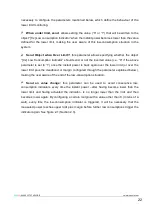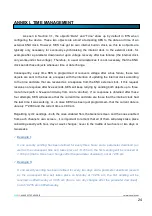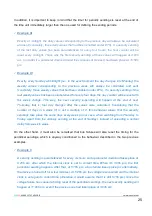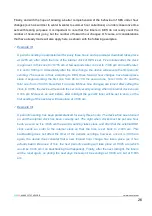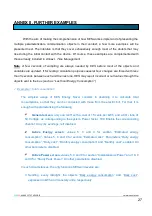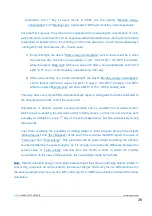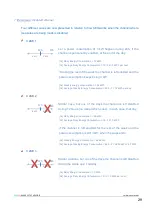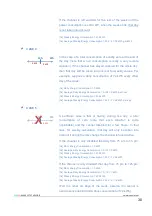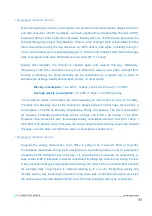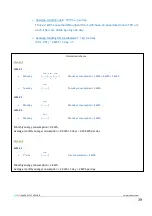
ZENN
iO
AVANCE Y TECNOLOGÍA
vwww.zennio.com
36
36
of 2 kWh. That is why it estimates that the total consumption for Monday was 1
kWh + 2 kWh = 3 kWh.
Daily cost
≈ 150 monetary units.
3 kWh * 50 m.u. = 150 m.u.
Daily CO2 emissions
≈ 1.5 kg
Obtained as (50 kg * 0.01) * 3 kWh.
Daily Peak Power
≈ 3 kW.
This is the highest value detected for the instant power during the previous day.
Average daily energy consumption = 2 kWh.
This value represents the energy amount that, as an average, is consumed per
hour during the day. Considering that objects related to energetic consumption are
always rounded to the closest integer,
this “2” is consistent with the result of
dividing the 3 kWh consumed on Monday by the number of hours of that day
(two).
Average daily CO2 emissions
≈ 0.75.
This value is the result of (50 kg * 0.01) * 3 kWh / 2 hours.
Average daily cost
≈ 75 monetary units.
This object indicates the cost per hour that, as an average, will be paid for the
energy consumption of Monday. The value sent through this object is obtained
with the following equation: 3 kWh * 50 monetary units / 2 hour.
5) After some minutes since 4), set the internal clock to next Monday (any time
would be OK), maintaining the 2000 W load.
Weekly energy consumption = 5.
According to the device, last week only lasted for two days (with a different
amount of hours each, and with a different length each of these hours). That is
why KES estimates that the total consumption for the week was 3 kWh from
Monday and 2 kWh from Tuesday.
Weekly cost
≈ 250 monetary units.
5 kWh * 50 m.u. = 250 m.u.
Weekly CO2 emissions
≈ 2.5 kg.

